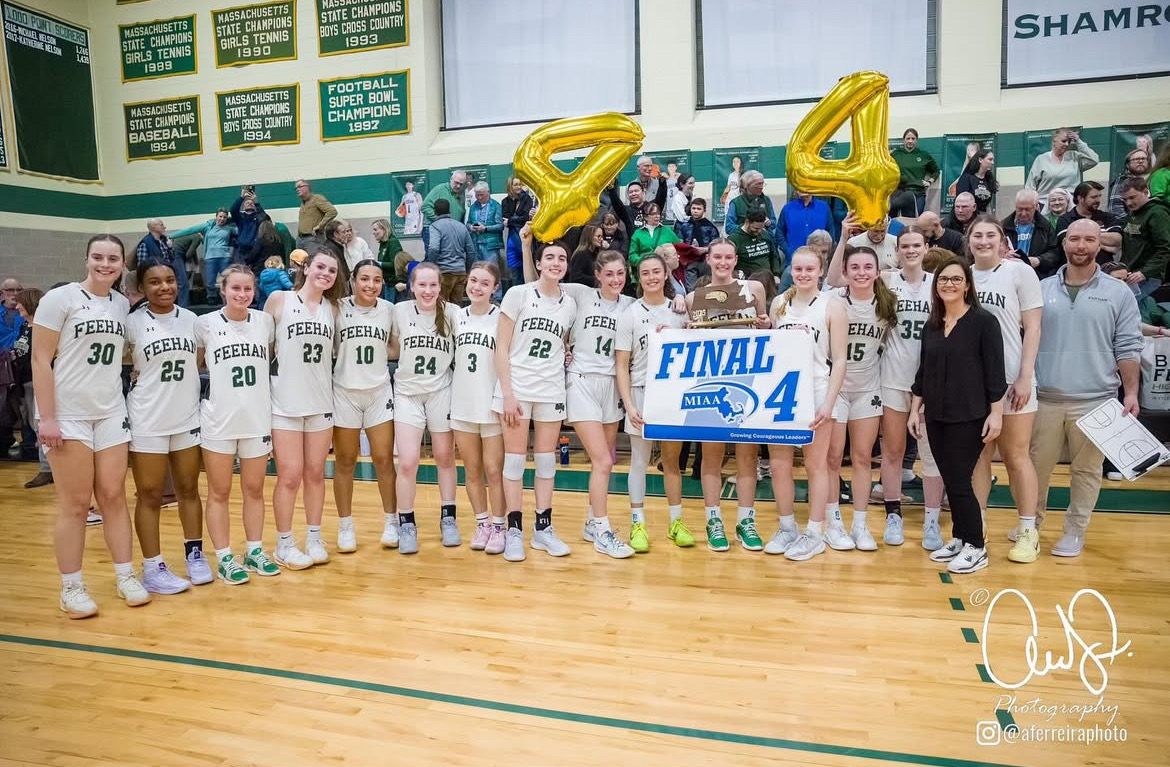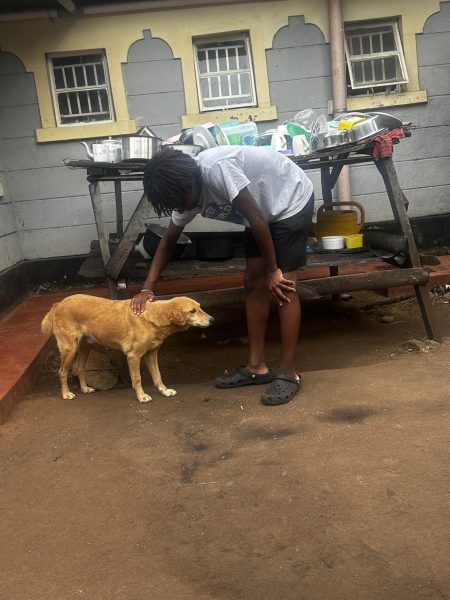Mid-March is when a tournament pits different competitors against each other to see who comes out on top as champions. The tourney I’m talking about may not be the one you are thinking of. March Mammal Madness is a competition where different creatures, varying from small rodents to large aquatic beasts, are thrown into a battle to the death. If you are in Honors I Science classes here at Feehan, you have already participated in MMM. It centers around creating a bracket with 64 different animals. You choose who advances based on who wins in a battle to the death, or which animal leaves the field of battle and loses. Picking which animal advances may seem pretty black and white: just pick the bigger and stronger animal. However, there may be some unprecedented factors that affect these battles. An example from last year’s tourney is the bee versus the elephant. You would think that the bee, being significantly smaller than the elephant, would swiftly be defeated, but in reality, the elephant would run away from the bee and lose. This is just one of the numerous different things that can happen in one of these matches.
When MMM starts up here at Feehan, there are two different competitions: one is the student competition, where all H1 Biology, Forensic Science, APES, and CP1 Environmental Science students compete to see who can gain the most points by predicting who wins in each match. However, there is also a faculty competition, where a majority of the teachers, counselors, and administration go against each other. To find out more about how participants went about creating their brackets, we interviewed Mr. Winter, Mrs. Nolan, and Mrs. Rose, who are all involved in the faculty competition this year.
At the time of writing, Mr. Winter is in first place for faculty. When creating his bracket, Mr. Winter attempted to use his prior knowledge of mammals and the scouting report from students to analyze each matchup and pick his predicted winner. For example, he used information about size and speed to make his picks. He observes that, unlike the basketball March Madness, the higher seeds in March Mammal Madness will go farther and win more consistently due to the “Home Habitat Advantage.” In this tournament, for all the rounds until the final four, the higher seed receives the home habitat advantage. This means the fight occurs in the home habitat of the higher seed. This could be very advantageous, as an animal such as a shrew wouldn’t be able to survive in the arctic habitat of a polar bear.
This year is the first year of March Mammal Madness, where the rounds aren’t simulated and run by “MC Marmot.” Much to Mr. Winter’s dismay, the tournament has been run very differently this year, and there seems to have been many unfair events. In the “Roots and Relics” section of the bracket, the number one seed was a tree called the “Ginkgo.” This year, in the first matchup, the number one-seeded Ginkgo formed a symbiotic relationship with a fungus to create a “Super Being,” as Mr. Winter called it. He went on to explain how, when he was creating his bracket, he and many others were led to believe that the Ginkgo would be going through matchups on its own, which dictated what picks they made with the Ginkgo. This team-up of a fungus and tree could greatly differ from one’s predictions, as one wouldn’t be able to anticipate this when creating a bracket. Mr. Winter compared this to a basketball referee deciding to allow traveling halfway through the game.
When creating her bracket, Mrs. Nolan used the “scouting report” created by APES students to base her picks. The “scouting report” includes different types of information that would be useful for picks, such as an organism’s natural habitat, its size/weight, its diet, and any key adaptations that would be useful in the tournament. An example of this would be the Addax and its ability to go long periods without water. This “scouting report” is a way that MMM can help students learn more about zoology and botany.
Mrs. Rose created her bracket a little bit differently. She decided to include her family in the bracket-making process. She involved her husband and 5 and 6-year-old sons by having them make the picks for a quarter of each of the brackets. However, this strategy is not going well, as her youngest son decided to pick all upsets for his quarter. Mrs. Rose described her bracket as being “very terrible.”
To explore how MMM was established and how it can help faculty members and students alike learn about animals, we interviewed Mrs. Correia, the head of MMM here at Feehan. At the end of each MMM recap video, a song plays with the notable lyrics of, “If you’re learning, you are winning.” From making students research different statistics about plants and animals for the scouting report, to having them create brackets and learn about the unique animals, MMM helps widen our understanding of animals and plants in general. In our interview with Mrs. Correia, she also added, “I think the big plus of [MMM] is the conversations that happen with people who are not in science, and that you can now discuss shared experiences with them outside of science.” MMM is great because it allows us to interact and have discussions about topics that we have never spoken about before. Such as if a bee would beat an elephant in a fight.
March Mammal Madness is a great way to involve many people in science. The fun bracket play and competition allows people not in the field of science to participate and have educational and fun debates. It also provides a fun source of competition and bonding between faculty and students alike. Although there may be points of controversy, it is certain that March Mammal Madness is a roaring success across our school and the entire U.S.
* As of the publishing of this article on March 31st Mrs. E-S currently holds the lead for the Feehan faculty with 84 points.
- Update – The final March Mammal Madness Champion was the Polar Bear! The overall winner for the MMM bracket was Gavin Murphy with 122 points! The faculty division ended in a tie between Mrs. E-S and Mr. Harris both earning 105 points!
- Thank you to Mrs. Correia for organizing this fun competition where all participants won because they were learning!























